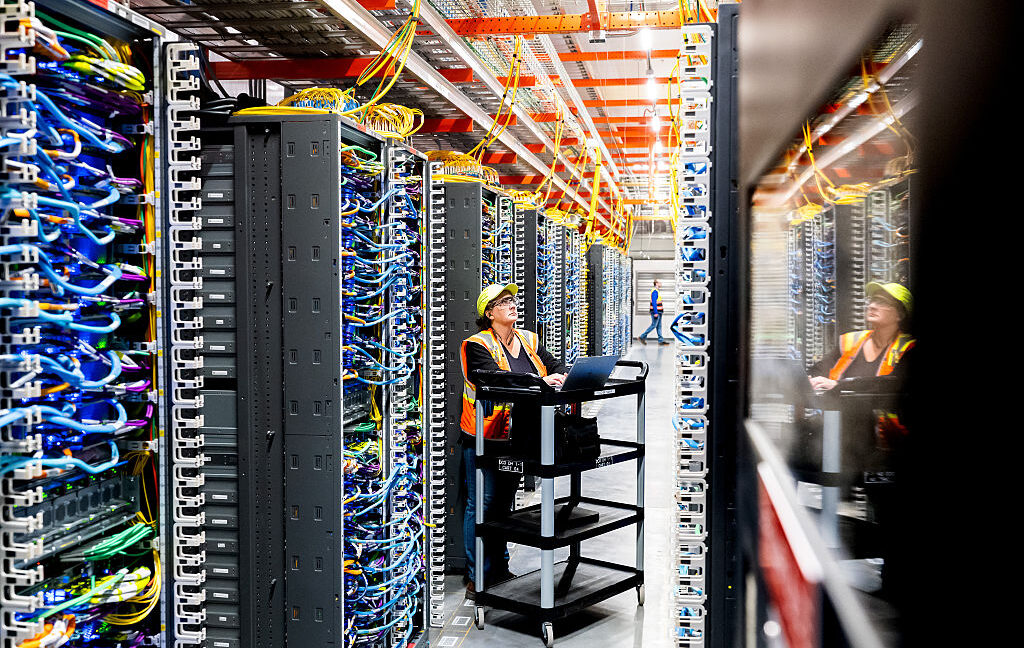Introduction to Multi-Agent Systems
As AI continues to evolve, we are witnessing a profound transformation in how intelligent systems are designed, built, and deployed. Enterprises are no longer content with standalone tools. Instead, they are embracing multi-agent systems — ecosystems of autonomous AI agents that collaborate to solve complex, high-value tasks.
The Rise of Multi-Agent Systems
Organizations are shifting to multi-agent designs because no single AI model or agent can effectively handle the complexity of modern business tasks. Multiple specialized agents work together to create richer, more robust outcomes. But collaboration among agents is non-trivial. Without a well-structured communication model, the system quickly becomes fragile, opaque, and difficult to scale.
Architectural Approaches
Two architectural approaches dominate this landscape: Agent-to-Agent (A2A) protocols and the Model Context Protocol (MCP). Each enables AI agents to collaborate — but in profoundly different ways.
A2A Protocol: Point-to-Point Agent Collaboration
The Agent-to-Agent (A2A) model is a direct, decentralized approach where each AI agent exposes its own interface and communicates with other agents independently. Agents can call each other, pass data, and await responses — much like microservices in traditional software architecture.
Technical Characteristics of A2A
- Agents are tightly coupled but autonomous
- Communication is often synchronous but may include async tasks
- Each agent may handle orchestration logic locally
- Fault handling and retries must be implemented at each call point
- There is no centralized memory or shared history — each agent has only local context
Benefits and Challenges of A2A
Benefits of A2A include flexibility, autonomy, parallelism, and microservice compatibility. However, challenges include scalability bottlenecks, debugging complexity, maintenance overhead, and context fragmentation.
MCP: The Model Context Protocol
The Model Context Protocol (MCP) was introduced as a response to the chaotic growth of A2A systems. MCP offers a centralized, structured, and protocol-driven approach to agent orchestration. Instead of agents calling each other directly, a central orchestrator manages the execution, state, memory, and function chaining of all tools and agents.
Technical Characteristics of MCP
- Stateless tools (agents) are invoked via semantically described calls
- Memory is maintained at the orchestrator level and shared across calls
- Responses are structured using JSON or function-call delimiters
- Self-reflection, retrying, and validation can be embedded within the orchestrator loop
- Enables easy integration with plugins, APIs, and traditional tools
Benefits and Challenges of MCP
Benefits of MCP include centralized memory, improved reasoning, extensibility, traceability, and security. However, challenges include initial complexity, less flexibility at the edge, and dependence on LLM quality.
Comparison: A2A vs MCP
A2A and MCP have different technical characteristics, benefits, and challenges. A2A systems excel in fast-moving, modular environments, while MCP systems shine in enterprise-grade, autonomous AI systems.
Applications in Real Systems
A2A systems are suitable for customer support automation, low-latency pipelines, and prototyping AI workflows. MCP systems are preferred for shared memory, regulated flows, multi-turn logic, and auditability.
Emerging Trends
As agent ecosystems mature, hybrid models are emerging. Future systems may include semantic routing, dynamic memory graphs, and tool marketplaces.
Strategic Considerations for Enterprises
Enterprises must consider the dynamic nature of their agent environment, the need for shared memory and orchestration, the cost of failure, and the tolerance for custom integration.
Conclusion
The future of AI systems is multi-agent — but more importantly, it’s multi-architectural. A2A protocols offer simplicity and agility, while MCP brings reasoning, structure, and control. The architectures we choose today are the foundations of tomorrow’s autonomous systems.
FAQs
- What is a multi-agent system?
A multi-agent system is an ecosystem of autonomous AI agents that collaborate to solve complex tasks. - What are the two main architectural approaches for multi-agent systems?
The two main architectural approaches are Agent-to-Agent (A2A) protocols and the Model Context Protocol (MCP). - What are the benefits and challenges of A2A and MCP?
A2A offers flexibility, autonomy, and parallelism, but has scalability bottlenecks and debugging complexity. MCP offers centralized memory, improved reasoning, and security, but has initial complexity and dependence on LLM quality. - Which approach is suitable for enterprise-grade AI systems?
MCP is preferred for enterprise-grade AI systems due to its structure, reliability, and security.











